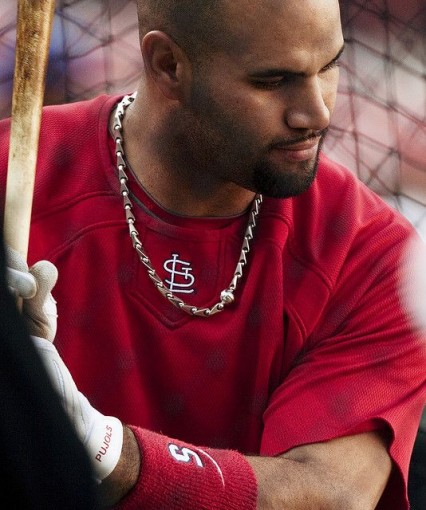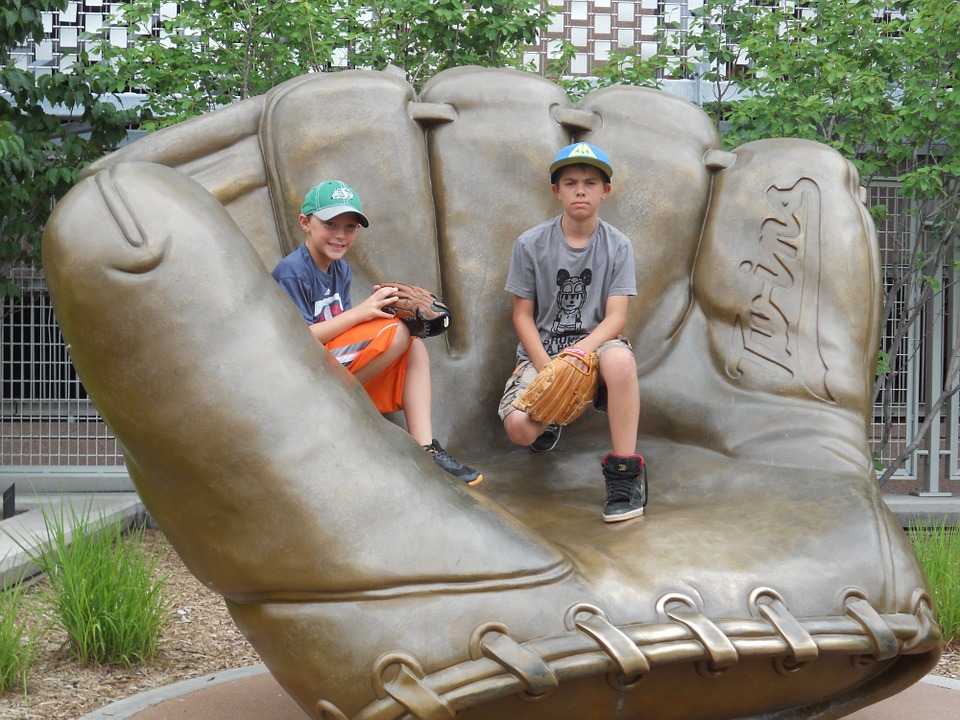A lot of people are unsure of what baseball or softball glove would best suit the position they play. Today we will give you a breakdown of which gloves suit which positions best, and why.
This will give you the confidence to go out and get the glove you will need to be the optimal player you deserve to be. We are going to start with the catcher and move our way through the infield to the outfield. You can also check out our best softball gloves page if you want a quick summary of your best bets.
Catcher Gloves
The Catcher’s mitt is easy to distinguish from the rest as it is heavily padded and bulky to save your catching hand the pain of repetitive hard catches. It has a fingerless construction, which gives it more rigidity and saves the fingers from absorbing to much impact on a single digit. Knowing how fast the ball is coming in, the catcher can’t catch like a fielder so much as stop the speeding bullet and drop it to their throwing hand.
The webbing is really tightly closed for faster snaps and additional support. It also has a shallow, smaller pocket for quicker transfers to your throwing arm. The Catcher’s mitts are sized differently than other gloves as well. They are sized by circumference (around the outside edge) as opposed to length. They are usually sized as 31” or less for youth and 32” or more for adults.
Pitcher Gloves
The pitchers glove is a little unusual in comparison to the others. While most gloves are built with visibility and catching to be the focus, pitchers don’t want their grip to be visible so the batter can’t prepare for the pitch. With that in mind, the pitcher’s glove is usually a closed web to hide the ball and grip. While the glove sizes and depth of the pocket will vary based on the pitchers personal preference and comfort, most pitchers prefer a lighter glove for faster reaction time because of how close to the batter and how fast the ball is moving at that range.
The pitcher’s glove is also made with individual finger pockets and an optional index finger hole for more stability.
First Base Gloves
The first base man takes more full force catches than anyone except the catcher. With that in mind, the first base glove is made fingerless with almost as much padding as the catcher’s mitt.
The web is not as closed as the pitcher or catcher but can’t be as open as a fielder. As the majority of plays end up at first base, the glove needs to be as sturdy as possible and allow for a very quick throwing hand transfer to keep the game going full tilt. This is the main reason behind the open webbing and shallow pocket. Sizes are usually between 12” to 12.5” for adults and 9” to 10” for children or youth.
Infield Gloves
While infield gloves have a lot in common across the board, there are a few differences you will find between the bases and the short stop. But first let’s go through the similarities. Infield gloves are almost always smaller that outfielder gloves, allowing for additional speed and flexibility. They range between 9” to 10” for youth and a 10.5” to 11.5” for adults.
Now for some of the differences; you will find that most third basemen use closed webbing for additional support for those screaming fast hits down the baseline, while the short stop, second and first basemen use open webbing for faster ball transfer. But they all agree on shallow pockets for faster catching and ball retrieval and quicker throws and outs.
Outfield Gloves
The typical outfield glove is between 11” and 12” for youth and 12” and 13” for adults. As you can see from that, the outfield glove is longer than your other gloves and is actually larger too. This size increase gives the catcher a much wider catching area for pop flys and deep hits, and is also mandatory for scooping up those worm burners that make it to the field. It also allows for some great overhead catches and tends to control the catches better.
They always have open webbing, and when you are in the outfield, the ability to see through your glove and block out sunlight or stadium overhead lights is imperative if you want to see the hits you are trying to catch. Outfield gloves also always have deep pockets that are mandatory for trapping and holding the ball in your glove.

